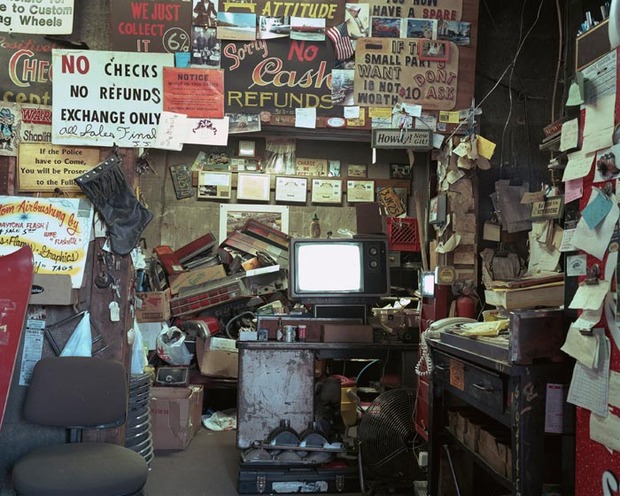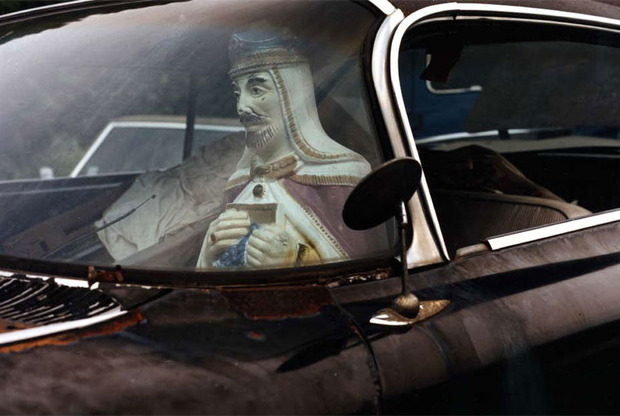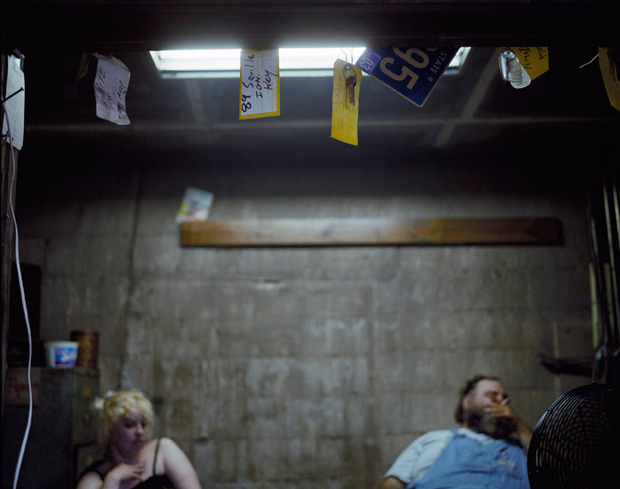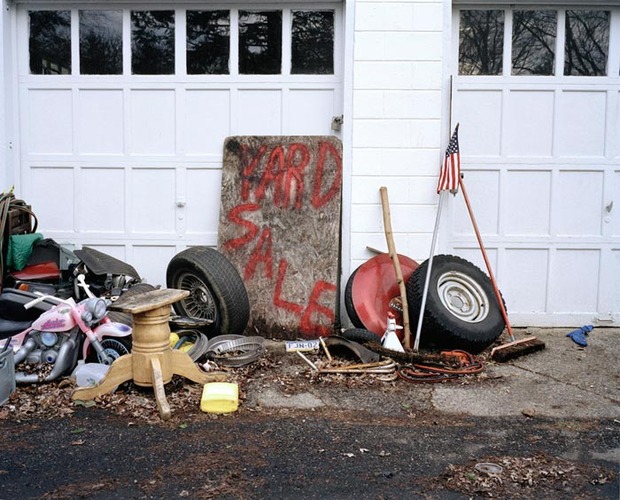Joe’s Junk Yard
Lisa Kereszi’s photographic book on family and what’s been thrown away

Photographer Lisa Kereszi has released “Joe’s Junk Yard,” a new photography book about her family’s junk business. In a documentary style similar to her Governor’s Island project, Kereszi records the final years of Joe’s Junk Yard, a business started by her grandfather, Joe Kereszi, in 1949. Located in southeastern Pennsylvania, the yard was a museum for American detritus. Reflecting on her father’s livelihood and her mother’s antique business, Kereszi writes, “I was surrounded by junk.”

The book starts with Kereszi’s grandfather in the form of his collected scrapbooks. Repurposing various materials to create his work, Kereszi explains that her grandfather’s obsession represents a person coming to grips with injustice in the world. “My grandfather’s scrapbooks were something else entirely, works that clearly fall into the category of outsider art,” Kereszi writes. “The loose, tattered books were made of supermarket-bought adhesive-bound pads of multi-colored construction paper.” Beyond the scraps, Joe’s Junk Yard chronologically tracks Kereszi’s documentation of the operation from her high school days through graduate school.

Photographer Larry Fink introduces the book, writing, “A junkyard is not an end run for matter; it is the beginning of a new condition for the curious, cultured and coincidental mind.” For Kereszi, the aesthetic of the yard started with people. Photographing her family around the yard with a student’s 35mm camera, Kereszi began the long process of documenting Joe’s Junk Yard. As the project evolved, Kereszi focused more on still objects and the iconic materials.

“Later, the work starts to get more still and centered on these things that I’m finding and pointing to as things of importance,” Kereszi tells CH. “An engine that looks like a heart or a transmission on the ground that starts to look like an elephant’s trunk—things that start to turn into something else by me focusing in on them.” Part of her motivation for recording the junkyard had to do with the failing business and her uncle’s suicide, with the physical objects acting as a manifestation of this loss.

It would be a disservice to dismiss Kereszi’s work as merely deadpan glimpses at a familiar subject, with a promient narrative of changing values and the abandoment of the DIY lifestyle shining through the documentation. “It was a part of life that you don’t throw stuff away when you’re done with it. You reuse it, and you fix it. Whereas today, we live in a much more disposable culture,” says Kereszi.

Kereszi wraps up her essay on Joe’s Junk Yard with a reflection on objects and inheritance: “I’ve inherited a lot from the place, from the hood ornaments pried from cars and signage stripped from walls to the ritual of hiding baseball bats behind doorjambs. But I’ve also inherited the passion for scavenging, for collecting, photographically and otherwise, and a constant need to feel that rare moment of discovery of treasure among the trash, or better, of true meaning and transcendence amid the chaos, pain, and banality of life.”
“Joe’s Junk Yard” is available from Artbook and on Amazon. See more images of the book as well as image credits after the jump.
Images courtesy of the artist and the Yancy Richardson Gallery
(from top)
The Office, 2002
Joe Jr.’s girlfriend Patty and Evans with truck bed, 1998
Wise man figure in junk car, 1993
Eloyse and Joe Jr. smoking, 1999
Joe Jr. and Patty in emptied-out office, last week open, summer, 2003
“Yard Sale” sign with junk, Media, PA, 2009




















